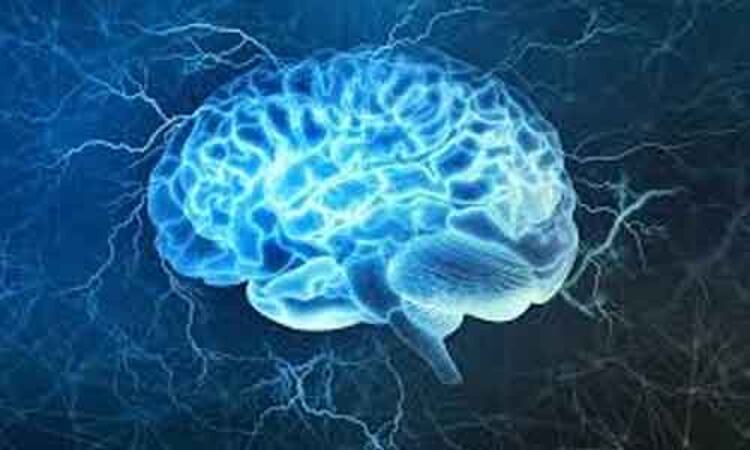- Home
- Medical news & Guidelines
- Anesthesiology
- Cardiology and CTVS
- Critical Care
- Dentistry
- Dermatology
- Diabetes and Endocrinology
- ENT
- Gastroenterology
- Medicine
- Nephrology
- Neurology
- Obstretics-Gynaecology
- Oncology
- Ophthalmology
- Orthopaedics
- Pediatrics-Neonatology
- Psychiatry
- Pulmonology
- Radiology
- Surgery
- Urology
- Laboratory Medicine
- Diet
- Nursing
- Paramedical
- Physiotherapy
- Health news
- Fact Check
- Bone Health Fact Check
- Brain Health Fact Check
- Cancer Related Fact Check
- Child Care Fact Check
- Dental and oral health fact check
- Diabetes and metabolic health fact check
- Diet and Nutrition Fact Check
- Eye and ENT Care Fact Check
- Fitness fact check
- Gut health fact check
- Heart health fact check
- Kidney health fact check
- Medical education fact check
- Men's health fact check
- Respiratory fact check
- Skin and hair care fact check
- Vaccine and Immunization fact check
- Women's health fact check
- AYUSH
- State News
- Andaman and Nicobar Islands
- Andhra Pradesh
- Arunachal Pradesh
- Assam
- Bihar
- Chandigarh
- Chattisgarh
- Dadra and Nagar Haveli
- Daman and Diu
- Delhi
- Goa
- Gujarat
- Haryana
- Himachal Pradesh
- Jammu & Kashmir
- Jharkhand
- Karnataka
- Kerala
- Ladakh
- Lakshadweep
- Madhya Pradesh
- Maharashtra
- Manipur
- Meghalaya
- Mizoram
- Nagaland
- Odisha
- Puducherry
- Punjab
- Rajasthan
- Sikkim
- Tamil Nadu
- Telangana
- Tripura
- Uttar Pradesh
- Uttrakhand
- West Bengal
- Medical Education
- Industry
Surgeons successfully treat brain aneurysms by Robotic technology

LOS ANGELES -Robotic technology is used in surgery and cardiology, but not for brain vascular procedures.
Researchers have found that using a robot to treat brain aneurysms is feasible and could allow for improved precision when placing stents, coils and other devices. The study was presented at the American Stroke Association's International Stroke Conference 2020.
In this study, Canadian researchers report the results of the first robotic brain vascular procedures. They used a robotic system specifically adapted for neurovascular procedures. Software and hardware adaptations enable it to accommodate microcatheters, guidewires and the other devices used for endovascular procedures in the brain. These modifications also provide the operator with additional precise fine-motor control compared to previous system models.
"This experience is the first step towards achieving our vision of remote neurovascular procedures," said lead researcher Vitor Mendes Pereira, M.D., M.Sc., a neurosurgeon and neuroradiologist at the Toronto Western Hospital, and professor of medical imaging and surgery at the University of Toronto in Canada. "The ability to robotically perform intracranial aneurysm treatment is a major step forward in the neuro-endovascular intervention."
In the first case, a 64-year-old female patient presented with an unruptured aneurysm at the base of her skull. The surgical team successfully used the robot to place a stent and then, using the same microcatheter, entered the aneurysm sac and secured the aneurysm by placing various coils. All intracranial steps were performed with the robotic arm. Since this first case, the team has successfully performed five additional aneurysm treatments using the robot, which included deploying various devices such as flow-diverting stents.
"The expectation is that future robotic systems will be able to be controlled remotely. For example, I could be at my hospital and deliver therapy to a patient hundreds or even thousands of kilometres away," Mendes Pereira said. "The ability to deliver rapid care through remote robotics for time-critical procedures such as stroke could have a huge impact on improving patient outcomes and allow us to deliver cutting-edge care to patients everywhere, regardless of geography."
"Our experience, and that of future operators of this technology, will help develop the workflows and processes necessary to implement successful robotic programs, which will ultimately help establish remote care networks in the future," Mendes Pereira said.
Dr Kamal Kant Kohli-MBBS, DTCD- a chest specialist with more than 30 years of practice and a flair for writing clinical articles, Dr Kamal Kant Kohli joined Medical Dialogues as a Chief Editor of Medical News. Besides writing articles, as an editor, he proofreads and verifies all the medical content published on Medical Dialogues including those coming from journals, studies,medical conferences,guidelines etc. Email: drkohli@medicaldialogues.in. Contact no. 011-43720751


